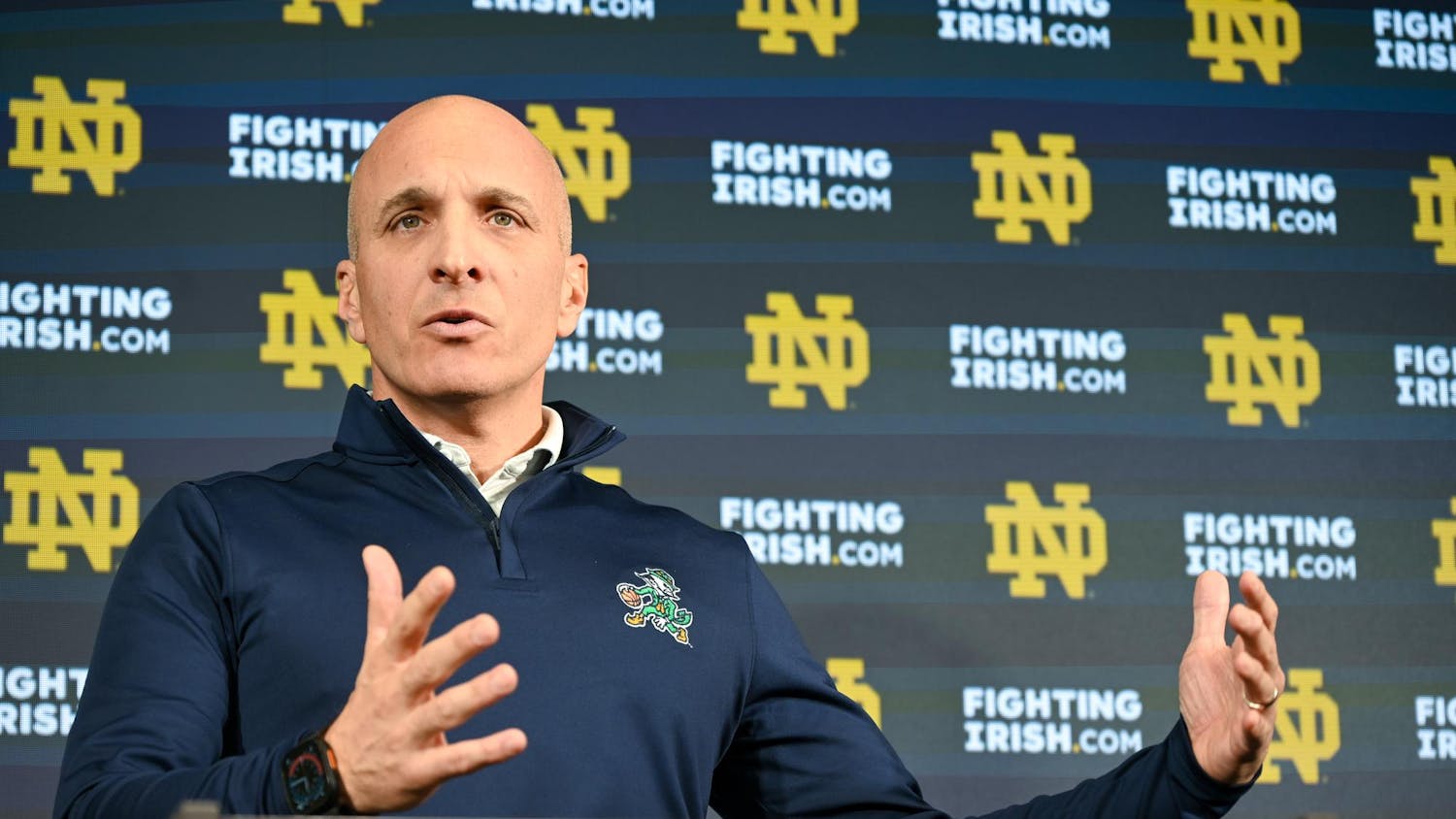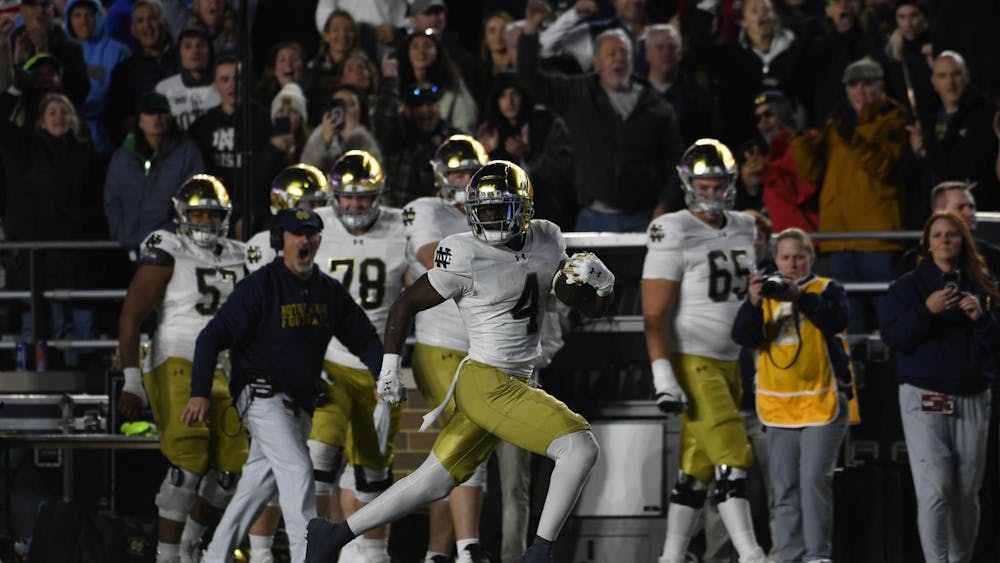“Only concern yourself with what you can control.” Throughout the trials of my athletic career, those encouraging words of my father resonated with me.
A fierce competitor at heart, I always took my performance in baseball seriously, perhaps too seriously. During pickup games in the backyard, my close friends bemoaned the in-game rule changes that I mischievously enforced in order to help my team win. Remember the shrub that I demolished with a scorching line drive in my last at-bat? Let’s make its splintered remains the new boundary of fair territory. Remember the 0-2 fastball that our leadoff hitter missed? Definitely a foul tip. No matter the score, I manipulated the outcome of the not-so-friendly rivalry, shrouding my squad’s uncontrollable failure.
I fared no better on the diamond. The array of umpires in youth baseball served as the bane of my existence. Ignoring the critical punch-outs and “safe” calls in favor of my team, I felt haunted by the one called third strike that hissed past the opposing batter's box during a teammate’s at-bat. Due credit for what both teams considered fair officiating vanished at the final handshake, but the sporadic, game-changing blunders lingered in my mind for days on end. Flooding the car with classic rock during our seemingly endless post-loss drives, my father knew how to console me. Stay proud of your small victories, and only worry about what you can control.
In many ways, however, my dad and I loved to hate the inconsistencies of umpiring. The impact of the “blown calls” became a common talking point as we fantasized about reversing the umpire’s decisions and changing the course of the game. Rarely do players and fans admit this reality, but the “blown calls” that shift the game’s momentum establish an aura of uncertainty that undoubtedly cultivates adrenaline. No matter their allegiance, baseball fans relish in the irregularity of balls and strikes, and a sense of excitement for the rematch builds because of it. Given its increasingly old fan base and declining ratings, baseball needs this thrill wherever it can be found.
The MLB disagrees. Hoping to engender entertainment value for a league that struggles to keep pace with the NFL and NBA, ambitious baseball executives test new ideas in the Atlantic League of Professional Baseball, an independent organization based in the American Northeast. Notorious for its status as the MLB’s lab rat, the Atlantic League now permits players to steal first base at any point during a plate appearance. Further, officials encourage managers to move an infielder into the deep outfield grass, a revolutionary concept for defensive shifts. While these innovations incite predominantly positive buzz on social media, the most divisive surge of controversy emerged after ALPB’s most recent proposal: robot umpires.
Put simply, the technology consists of a three-dimensional radar detection system, known as TrackMan, that analyzes every pitch thrown in the course of a game. TrackMan adjusts the strike zone to the batter’s height, reads the ball’s location, and communicates the “ball” or “strike” call to the home plate umpire through an earpiece. The system operates on a Bluetooth connection through the umpire’s iPhone, so as long as the battery life survives throughout the game, umpires hear every pitch call and vocalize it to the players.
No matter how you stack it, this innovation feels different than simply utilizing an outfield shift or stealing first base. In the age of advanced sabermetrics, in-game developments are inevitable. Managers and front office staffs alike hold unprecedented access to scouting information, and certainly the MLB holds the right to energize its own rules between the lines.
However, addressing the humanity outside the lines poses a serious issue. If the MLB hopes to eliminate any source of unfairness in the ballpark, the enforcement of robot umpires sets a very dangerous precedent. Consider fans who, after noticing a foul ball quickly approach them, rise from their first row seats to catch the souvenir. Instantly, the spectators are oblivious to their hometown outfielder reaching into the bleachers, and as a result of a collision, the ball crashes into an empty seat.
Onlooking fans would complain about this interaction, arguing that the first row of spectators prevented a relatively easy catch, and surely if the opposing team caught all of their foul balls in similar circumstances, their frustration would only grow. But because of this irregularity, must the MLB prevent fans from sitting anywhere near the field? Of course not. The anticipation of becoming a “part of the game” matters to us.
And because it matters to us, I sincerely hope that the MLB respects the role of human failure in a game that relies so heavily on it. With playoffs kicking off this week, I hope it remembers, just as I do, the inconsistencies that keep the baseball conversation alive. After all, in baseball and in life, we define our success by our response to failure, by how we concern ourselves with what we can control. No more, no less.
My father taught me that lesson at a young age, and the next generation of fans deserves to learn it, too.
Read More
Trending








